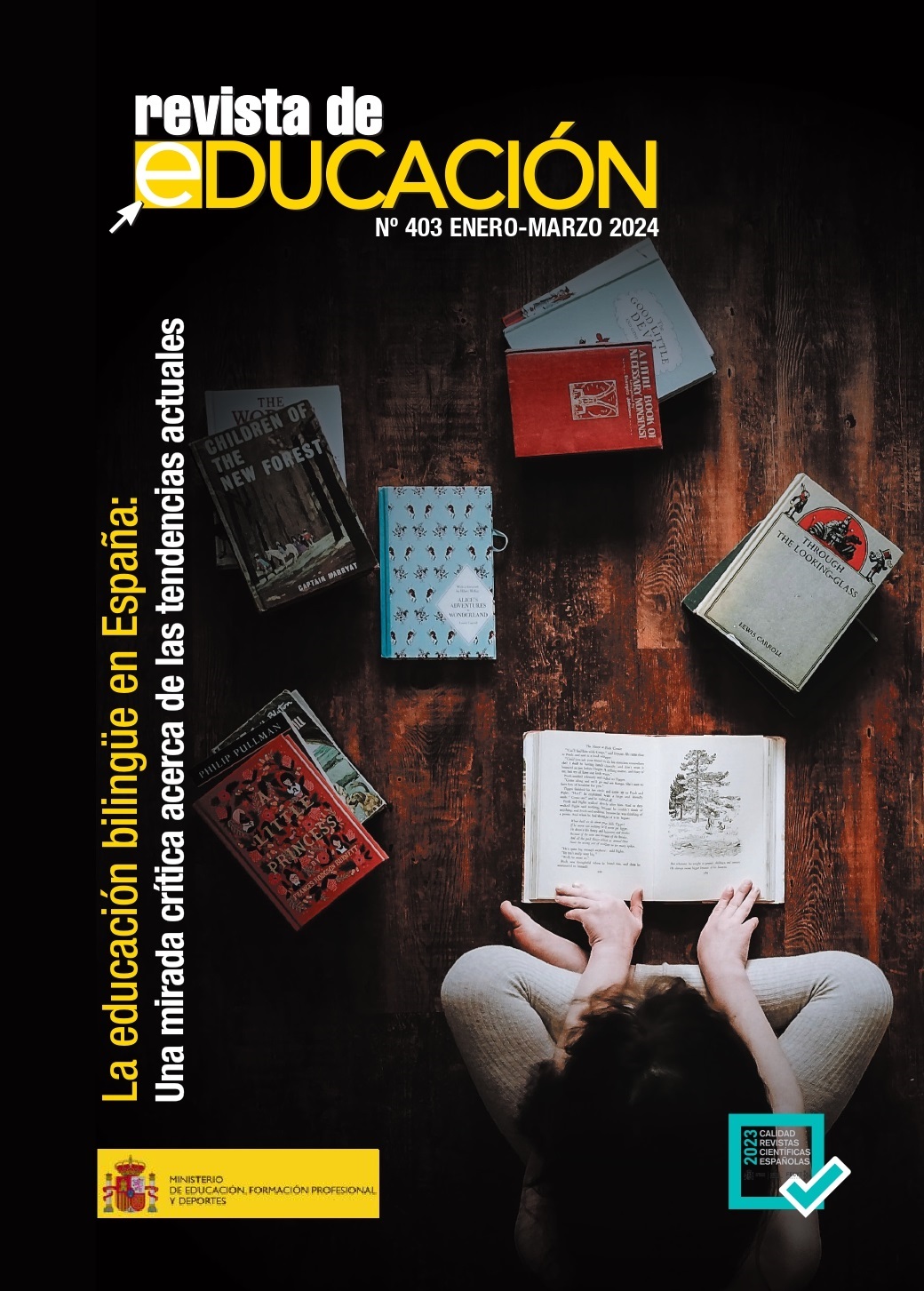Entre el igualitarismo y la diversidad en los programas AICLE: ¿Qué piensan los profesores?
Contenido principal del artículo
Resumen
En las dos últimas décadas hemos asistido a un debate sobre los retos y los beneficios asociados al Aprendizaje Integrado de Contenidos y Lenguas Extranjeras (AICLE), así como sobre algunos potenciales problemas derivados de su aplicación. De hecho, han aparecido opiniones alertando de la posibilidad de que este enfoque pueda producir diferencias entre los alumnos, favoreciendo a los que están mejor preparados y dejando de lado a los que no lo están. Esta postura viene avalada por estudios, en su mayoría cuantitativos, que tratan de demostrar que este enfoque puede provocar desigualdades en el aula. Creemos que para enriquecer el conocimiento sobre el alcance de estos posibles problemas resulta beneficioso contar con el conocimiento de primera mano de los profesores. Con este fin, se han analizado las respuestas de 376 profesores de todas las regiones monolingües de España y de todos los tipos de enseñanza (pública, concertada y privada) para conocer su percepción sobre si AICLE fomenta la segregación y la desatención de los alumnos desfavorecidos. Los datos de naturaleza cualitativa obtenidos proporcionan información relevante y complementaria sobre el papel desempeñado por la extracción social de los alumnos y el grado de satisfacción de los profesores con la forma en que el AICLE aborda las cuestiones relacionadas con la igualdad y la inclusión. Los resultados de este análisis muestran que existen notables diferencias en las percepciones de los profesores, pero al mismo tiempo indican que son conscientes claramente de las medidas que deben adoptarse para evitar que surjan estos posibles problemas.
Palabras clave: Aprendizaje Integrado de Contenidos y Lenguas, igualdad, estatus socioeconómico, segregación, diferencias de aprendizaje, preocupaciones del profesorado.

